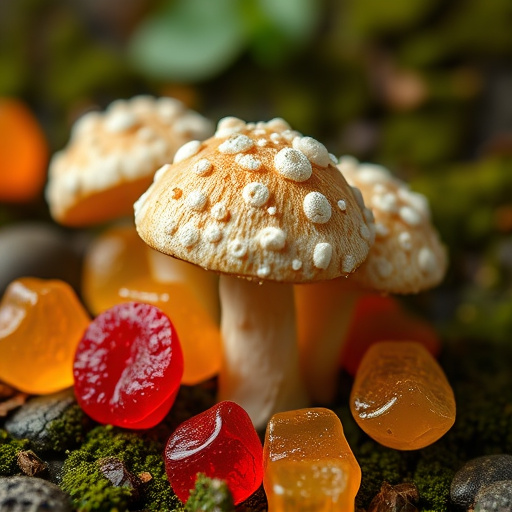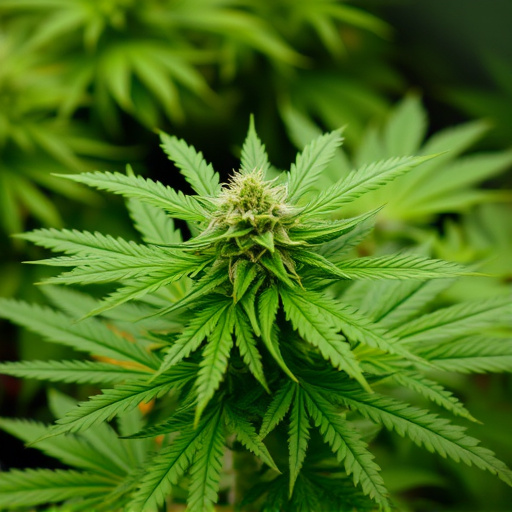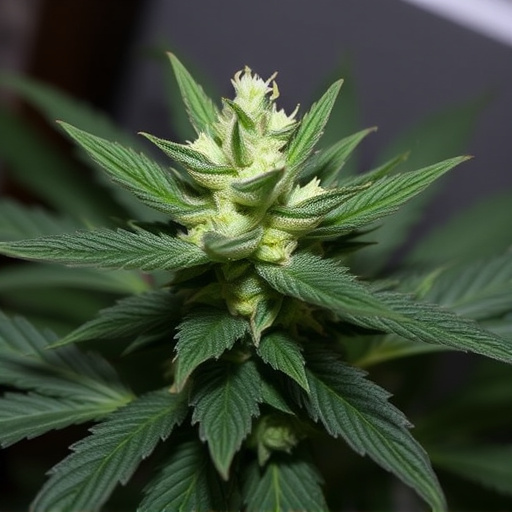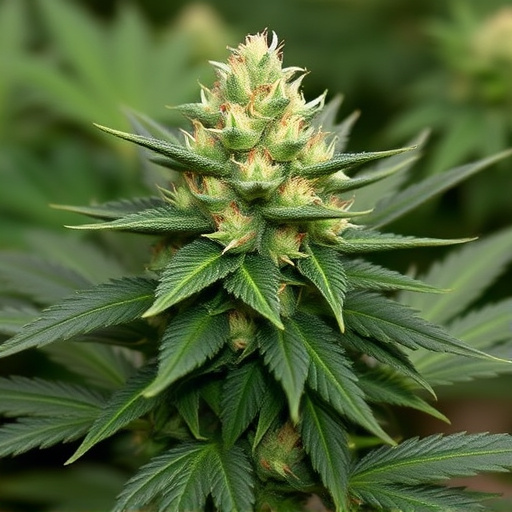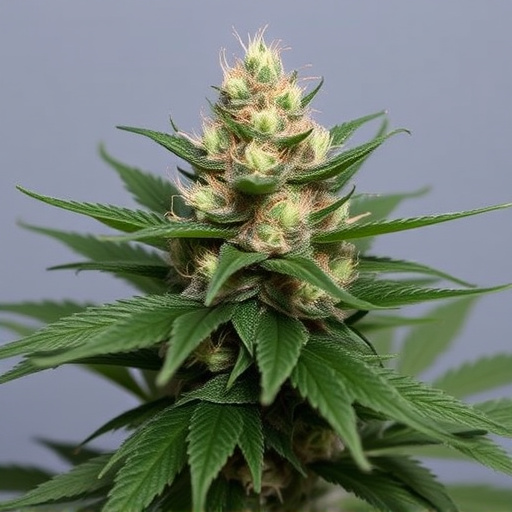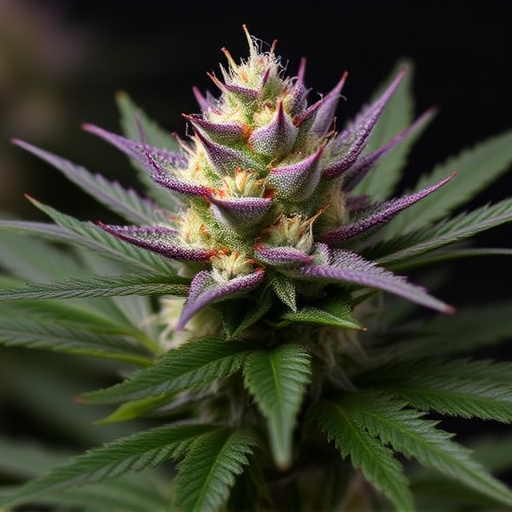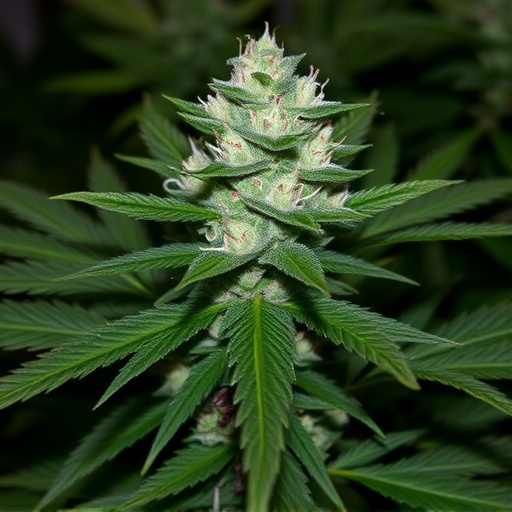The top ten cannabis strains of 2016 owe their popularity and unique attributes to complex terpene profiles, which significantly shape the plant's quality. Terpenes, nature's essential oils, interact with cannabinoids to create the "entourage effect," enhancing or modifying cannabis' effects. Each terpene offers distinct benefits, from myrcene's relaxing sedative effects to limonene's uplifting energy, contributing to a wide array of varieties catering to diverse preferences and medicinal needs.
In the ever-evolving world of cannabis, terpenes play a pivotal role in shaping the quality and uniqueness of flower. These aromatic compounds not only contribute to the distinct scent and taste profiles we associate with different strains but also influence their therapeutic effects. This article explores the significance of terpenes in cannabis flowers, delving into their impact on strain characteristics, cultivation practices, and extraction techniques. By examining the top ten cannabis strains of 2016 and their signature terpenes, we uncover insights that empower consumers to make informed choices and maximize their terpene-rich experiences.
- The Role of Terpenes in Cannabis Flower Quality
- – Understanding terpenes: what they are and their function in cannabis plants
- – How terpenes contribute to the unique aroma, flavor, and effects of different strains
The Role of Terpenes in Cannabis Flower Quality

Terpenes play a pivotal role in defining the quality and distinctive characteristics of cannabis flowers. These aromatic compounds, naturally occurring in cannabis along with cannabinoids, contribute to the unique scent and flavour profiles that different strains offer. The top ten cannabis strains of 2016, renowned for their superior qualities, often owe their allure to the intricate terpene makeup, which enhances the overall user experience.
Each terpene brings its own set of benefits, influencing not just the olfactory delight but also potential therapeutic effects. For instance, myrcene, found in many popular strains, is known for its relaxing and sedative properties, making it a favourite among users seeking relief from insomnia or anxiety. Similarly, limonene, with its citrusy notes, has uplifting and energizing effects, providing a refreshing experience. The interplay of various terpenes contributes to the diverse range of cannabis varieties available, catering to different preferences and desired outcomes.
– Understanding terpenes: what they are and their function in cannabis plants
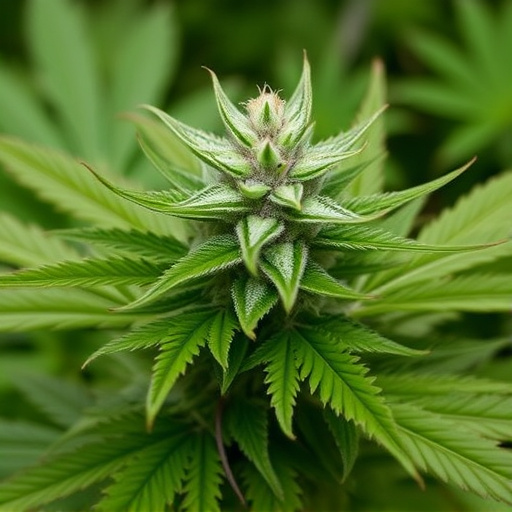
Terpenes, often referred to as nature’s essential oils, are a diverse group of aromatic compounds that play a significant role in cannabis plants. These organic chemicals are responsible for the unique flavors and fragrances associated with different strains of cannabis. Beyond their contribution to the plant’s aroma and taste, terpenes have gained significant attention for their potential therapeutic benefits. Research suggests that they interact synergistically with cannabinoids, such as THC and CBD, to create what is often described as the ‘entourage effect’, enhancing or modifying the overall effects of the plant on the human body.
In the context of the top ten cannabis strains in 2016, understanding terpenes becomes crucial. Each strain boasts a unique terpene profile, which can greatly influence the user’s experience. For instance, myrcene is commonly known for its earthy and musky aroma, often found in strains with relaxing effects, while limonene offers a bright, citrusy note associated with uplifting and energizing properties. Pinene has a woody, pine-like scent and is linked to heightened alertness and cognitive function. Exploring these terpene characteristics can help consumers make informed choices, ensuring they select strains aligned with their desired effects and preferences.
– How terpenes contribute to the unique aroma, flavor, and effects of different strains
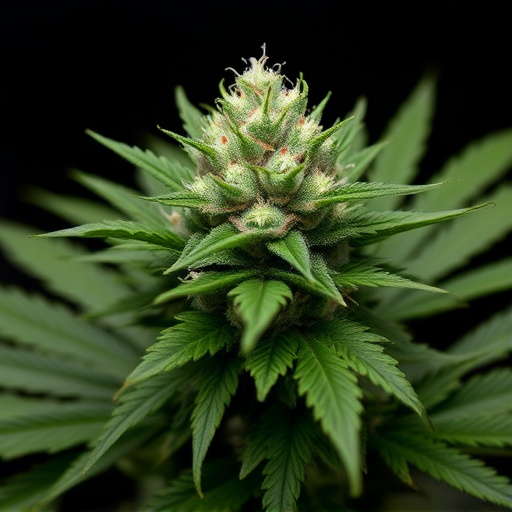
Terpenes play a pivotal role in shaping the distinctive aroma, flavor, and therapeutic effects associated with various cannabis strains. These organic compounds, secreted by the cannabis plant, interact with cannabinoids to create a complex sensory experience. Each terpene contributes unique characteristics, resulting in a vast array of scents and effects that cater to diverse consumer preferences. From citrusy and floral notes to earthy and piney profiles, terpenes are what make some strains reminiscent of fresh fruits or walking through a forest.
In the 2016 top ten cannabis strains, terpenes were a key factor in their popularity. For instance, strains known for their citrusy terpene profiles offered uplifting and energizing effects, while those rich in myrcene provided a soothing and relaxing experience. Terpenes not only enhance the overall enjoyment of cannabis but also play a significant role in its medicine. Certain terpenes have anti-inflammatory properties, while others possess antimicrobial characteristics, making them valuable for treating various ailments.
Terpenes play a pivotal role in defining the sensory experience and therapeutic potential of cannabis flowers. As recognized by various studies, including those highlighting the top ten cannabis strains of 2016, these organic compounds contribute significantly to the diverse aromas, flavors, and effects that make each strain unique. Understanding terpenes is essential for cultivators and consumers alike, as it enables informed choices that can enhance both the enjoyment and therapeutic outcomes associated with cannabis consumption.
